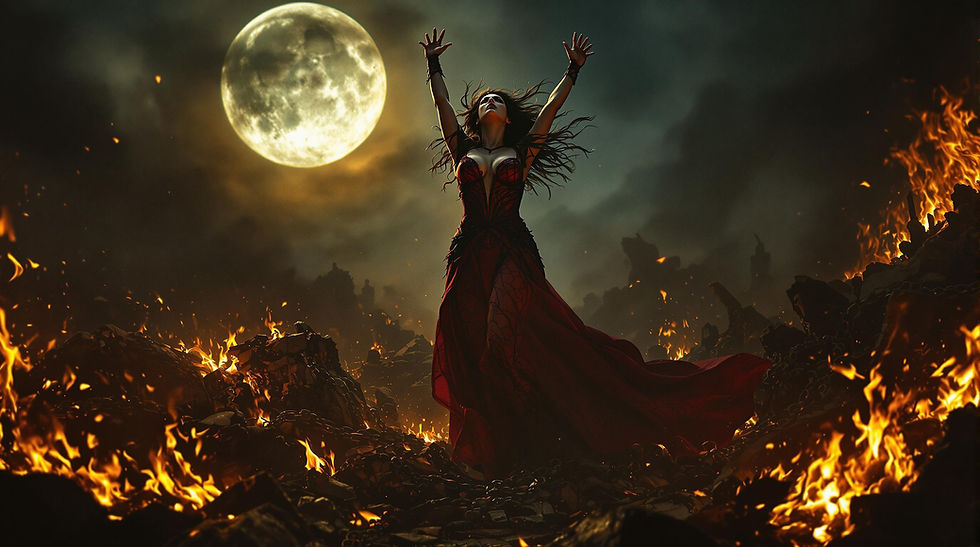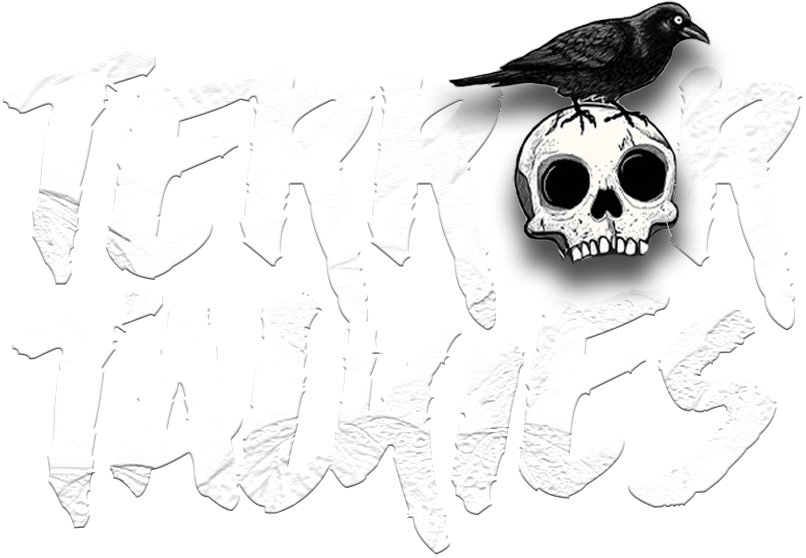“Good for Her:” Feminist Empowerment in the Post-Justice Age
- Andrea Subissati
- Feb 11
- 3 min read
Updated: Mar 11
By Andrea Subissati

It may be blasphemy in some circles, but I’ve never resonated all that strongly with the supposedly “empowering” female archetypes of horror. Between the confined roles of the femme fatales and the final girls, feminine power as defined by male creatives for a presumed male audience left feminist horror fans grasping at straws when it came to characters and narratives they could truly identify with outside of patriarchal norms. Whether virgin or whore, the horror heroine’s role was to be tormented to the brink of sanity, and ours was to sit back and enjoy it on whatever level we might muster. But in an age where elections are won by rapists due to blatantly misogynist “anyone but her” rhetoric, it’s not enough for these characters to survive their ordeals by returning to the supposed safety of institutions like the police. This age of outright hostility toward women combined with utter and total mistrust of the legal system has brought about a new understanding of what justice can be had for women: the “good for her” movie.
I can’t take credit for coining this term, nor can I determine exactly where that credit is due: it’s something that bubbled up from the great amorphous miasma of the internet over the past year or two, appearing on Reddit threads, blogs and hashtags. “Good for her” horror, as I understand it, refers to a sense of viewer identification and satisfaction at seeing a female protagonist achieve some measure of personal justice outside of normative, institutional means: namely, the police, the military, or the arms of a protective patriarchal figure.
Short of being codified by the calcifying processes of academic peer review, what constitutes a “good for her” narrative remains somewhat slippery – but that’s far from a bad thing. Certainly, sentiments like satisfaction and catharsis are and should be subjective, but the titles that emerge in discussions of this budding subgenre are tellingly consistent, even as they span the last two decades; Robert De Palma’s Carrie, where the pyrokinetic protagonist perishes, but not before taking out her abusers by the dozen; Robert Eggers’ The Witch: A New England Folk Tale (2015), where teen Thomasin finds liberation from her Puritan family by committing the cardinal sin; Ari Aster’s Midsommar (2019), where traumatized Dani finds an upside to being captured by a Swedish pagan cult. The movies aren’t necessarily new, but the assessment that their narratives are being interpreted as empowering for female audiences by virtue of their focus on a sense of personal justice is powerful and worthy of further exploration.
I entered the horror criticism scene at a time where academic feminist analysis of the genre was just starting to tip into the mainstream, lending some credit, long overdue, to female audience members who legitimately enjoyed the genre. Fifteen years later, I’ve read, cited, and reconsidered these authors and theories again and again: Clover and the final girl, Kristeva and the abject, Mulvey and the monstrous feminine. I kiss these rings dutifully and appreciate how instrumental they have been to my understanding of the genre, but our ability to meaningfully relate to fictional characters must reflect the way we engage with what we perceive as justice.
The divide between what is legal, what is right, and what is satisfying has broadened, requiring more nuance to movies concerning fellow survivors as they traverse this minefield of patriarchal domination alongside us. The world has come to reckon with the sort of justice that has denied women, BIPOC, and other marginalised communities, and while social media has made ripe space for incels to self-flagellate in the unfairness of women being people, it has also been the site of feminist discourse in the form of #metoo, man-or-bear, and now, perhaps, “good for her.”


Comentarios